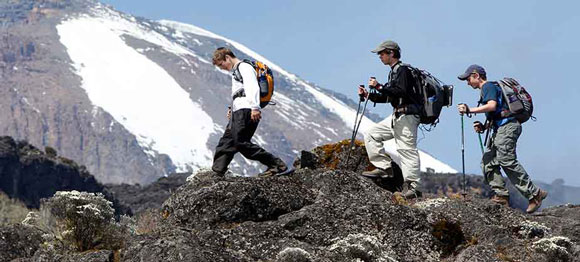
 Kilimanjaro National Park
Kilimanjaro National Park
Kilimanjaro, by any name, is a metaphor for the compelling beauty of East Africa. When you see it, you understand why. Not only is this the highest peak on the African continent; it is also the tallest free-standing mountain in the world, rising in breathtaking isolation from the surrounding coastal scrubland – elevation around 900 metres – to an imperious 5,895 metres (19,336 feet). Kilimanjaro. The name itself is a mystery wreathed in clouds. It might mean Mountain of Light, Mountain of Greatness or Mountain of Caravans. Or it might not. The local people, the Wachagga, don't even have a name for the whole massif, only Kipoo (now known as Kibo) for the familiar snowy peak that stands imperious, overseer of the continent, the summit of Africa.
 Kilimanjaro National Park
Kilimanjaro National Park
Kilimanjaro is one of the world's most accessible high summits, a beacon for visitors from around the world. Most climbers reach the crater rim with little more than a walking stick, proper clothing and determination. And those who reach Uhuru Point, the actual summit, or Gillman's Point on the lip of the crater, will have earned their climbing certificates. And their memories. The National park has been established for the purpose of preserving the mountain together with its surroundings. Even before you cross the national park boundary (at the 2,700m contour), the cultivated footslopes give way to lush montane forest, inhabited by elusive elephant, leopard, buffalo, the endangered Abbot’s duiker, and other small antelope and primates. Contact us now for more details.
 Kilimanjaro National Park
Kilimanjaro National Park
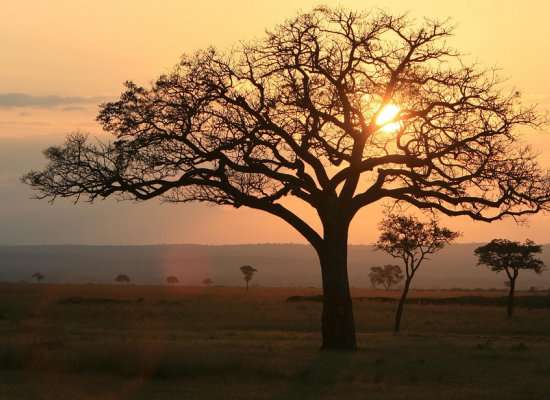 4 DAYS 3 NIGHTS RUAHA
4 DAYS 3 NIGHTS RUAHA
4 day(s) | Wildlife Ruaha
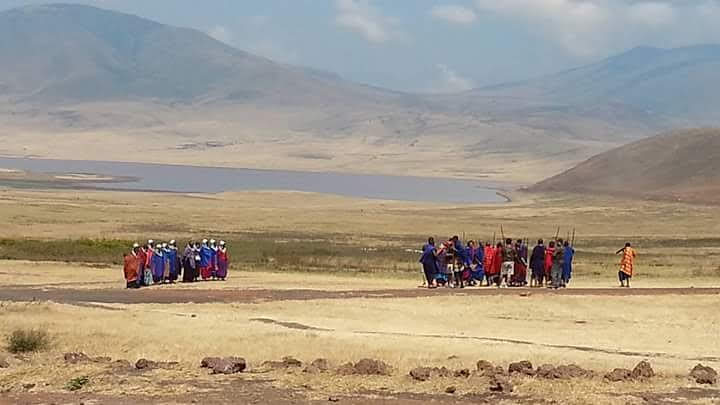 Cultural Safari: Lake Manyara / Lake Eyasi / Ngorongoro Crater / Serengeti Plains
Cultural Safari: Lake Manyara / Lake Eyasi / Ngorongoro Crater / Serengeti Plains
7 day(s) | Wildlife Manyara
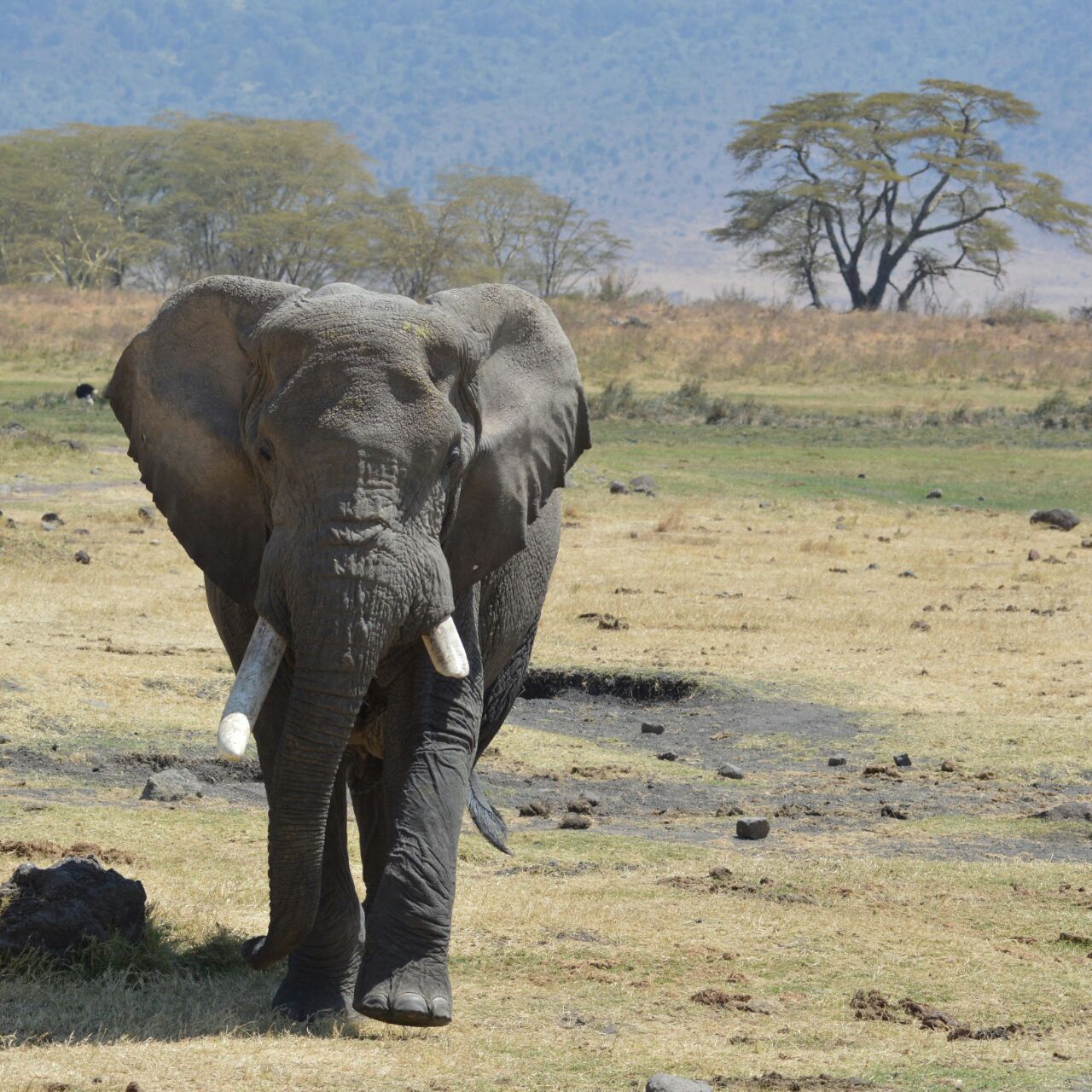 Lake Manyara & Ngorongoro Crater
Lake Manyara & Ngorongoro Crater
4 day(s) | Wildlife Manyara
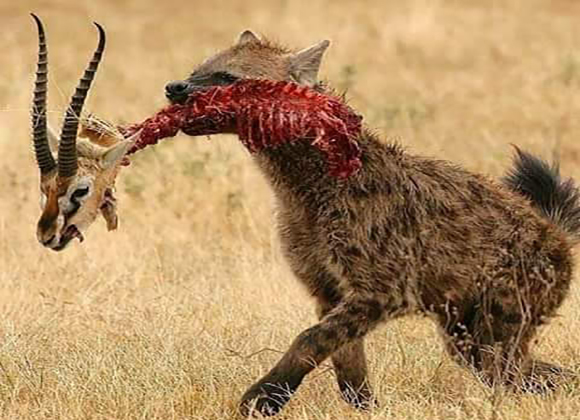 8 Days Manyara/ Serengeti/ Ngorongoro Crater & Tarangire
8 Days Manyara/ Serengeti/ Ngorongoro Crater & Tarangire
8 day(s) | Wildlife Ngorongoro
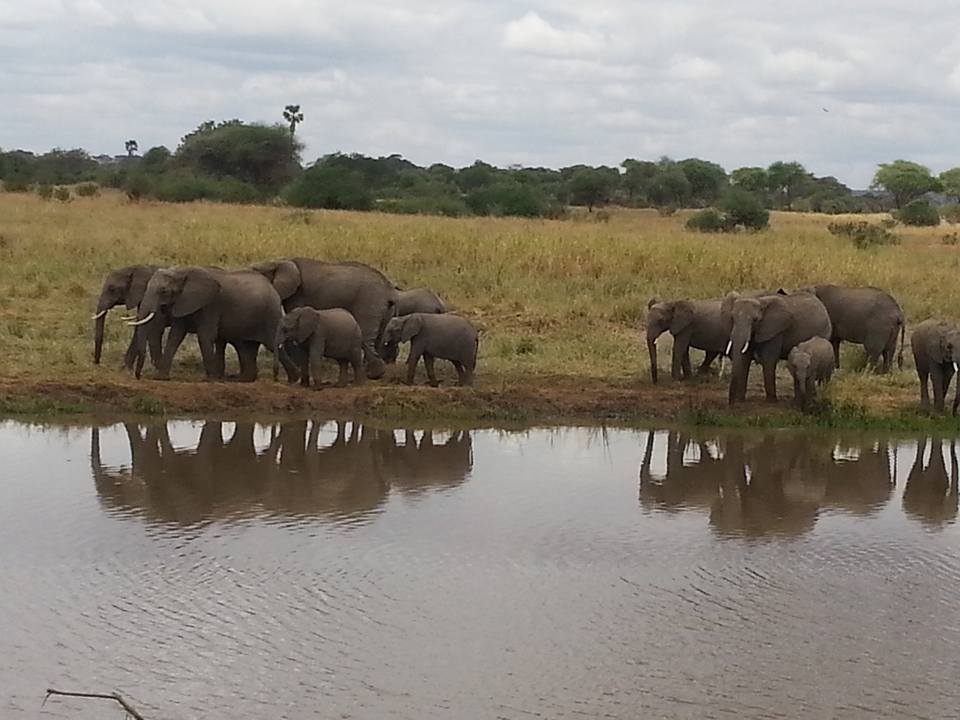 Lake Manyara & Ngorongoro Crater
Lake Manyara & Ngorongoro Crater
4 day(s) | Wildlife Manyara
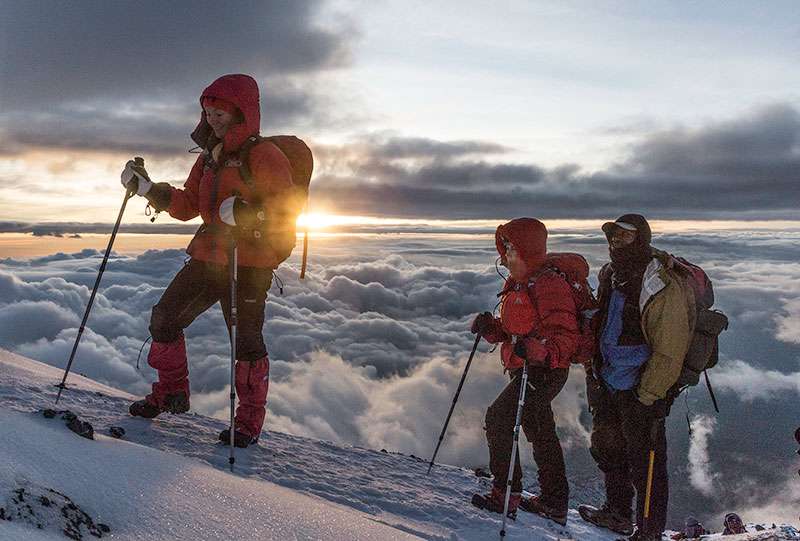 Umbwe Route
Umbwe Route
5 day(s) | Kilimanjaro Climbing Kilimanjaro
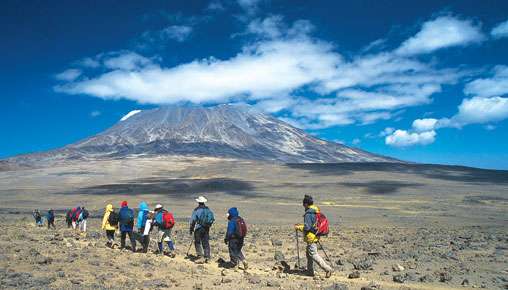 Lemosho Route
Lemosho Route
7 day(s) | Kilimanjaro Climbing Kilimanjaro
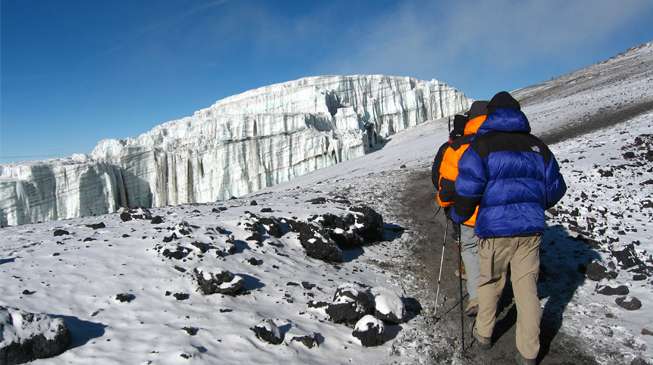 Shira Route
Shira Route
8 day(s) | Kilimanjaro Climbing Kilimanjaro
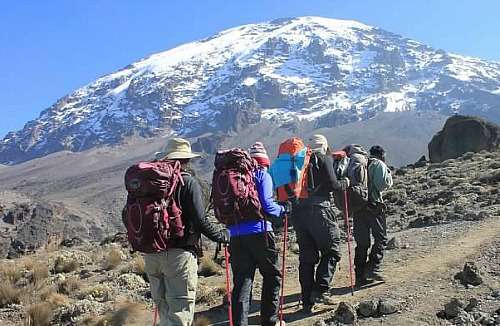 Rongai Route
Rongai Route
6 day(s) | Kilimanjaro Climbing Kilimanjaro
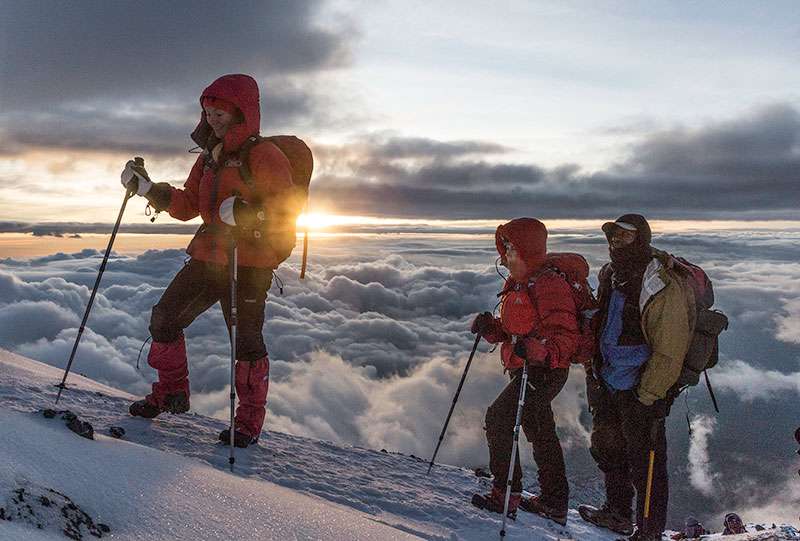 Machame Route
Machame Route
7 day(s) | Kilimanjaro Climbing Kilimanjaro